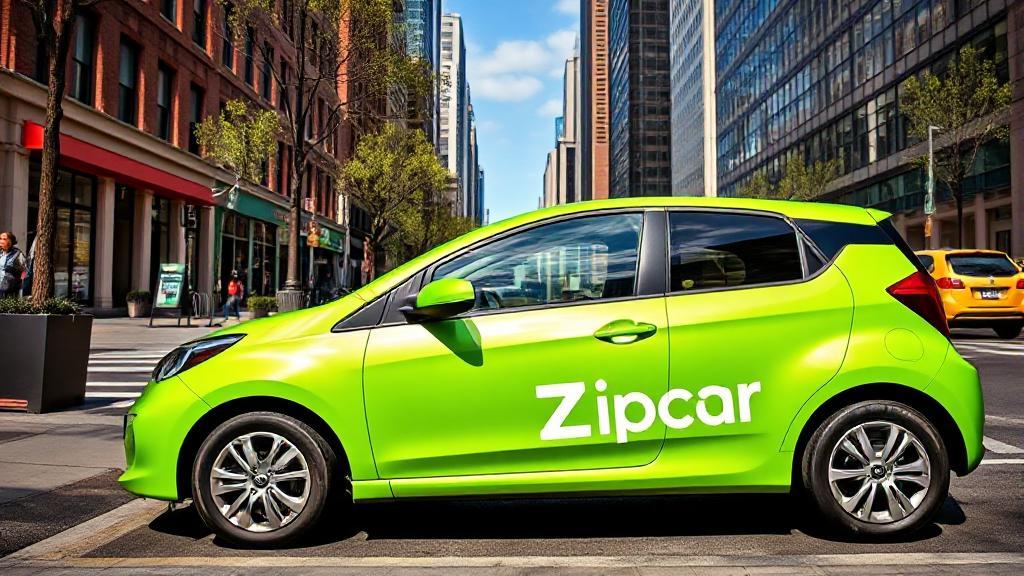Introduction to Zipcar
Zipcar is a popular car-sharing service that offers a convenient and cost-effective alternative to traditional car rental services and car ownership. Founded in 2000, Zipcar has grown to become a leading player in the car-sharing industry, with a presence in urban areas and college campuses across the United States and several other countries.
How Membership Works
To begin using Zipcar, users must first become members by signing up on the Zipcar website or through their mobile app. The application process includes:
- Sign Up: Provide personal information, including driver's license and credit card
- Approval: Driving record check and application review
- Receive Zipcard: Your key to accessing Zipcar vehicles
- Choose a Plan: Select from various monthly and annual options
Finding and Booking a Car
Locating Available Vehicles
Members can find available cars through multiple channels:
- Mobile app
- Website interface
- Phone reservation system
Cars are stationed at designated parking spots called "home locations" throughout service areas, typically near:
- Residential neighborhoods
- University campuses
- Business districts
- Transit stations
Using the Vehicle
"Just tap and go" - Zipcar's signature convenience comes from its contactless technology.
When your reservation begins:
- Locate your reserved vehicle
- Hold Zipcard to windshield reader
- Doors unlock automatically
- Keys are inside the vehicle
Pricing Structure
Cost Components
| Fee Type | Description |
|---|---|
| Membership | Annual or monthly fee |
| Hourly/Daily Rate | Varies by car type |
| Additional Miles | After exceeding included miles |
| Insurance | Included in base rate |
Benefits of Using Zipcar
Cost-Effective
Zipcar can be more affordable than owning a car, especially in urban areas where parking and maintenance costs are high. You only pay for the time you use the car, with insurance and gas included.
Environmental Impact
Car-sharing services like Zipcar contribute to environmental sustainability through:
- Reduced carbon emissions
- Fewer cars on the road (each Zipcar removes up to 13 personally owned vehicles)
- Support for hybrid and electric vehicles
- Decreased parking infrastructure needs
According to a study by the Transportation Sustainability Research Center, car-sharing can significantly reduce the carbon footprint of urban transportation.
Technology Integration
Mobile Features
- Real-time vehicle tracking
- Keyless entry system
- GPS navigation
- Automated billing
Smart Vehicle Technology
- Telematics for usage monitoring
- Remote diagnostics
- Automated maintenance alerts
Best Practices for Members
Maximizing Value
- Book in advance for better availability
- Utilize off-peak rates
- Choose appropriate vehicle size
- Return on time to avoid late fees
Maintaining Good Standing
- Keep the vehicle clean
- Report any issues promptly
- Follow parking guidelines
- Respect other members
For urban dwellers, students, and occasional drivers, Zipcar offers a flexible alternative to traditional car ownership. By understanding how the service works, members can maximize their car-sharing experience while contributing to a more sustainable transportation ecosystem.
